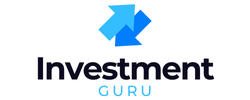When people search for “best online loans with instant approval,” they’re usually in a hurry. Maybe a bill popped up out of nowhere, maybe the car broke down, or maybe rent is due yesterday. Waiting a week for a bank to process paperwork feels impossible.
That’s why online lenders that promise fast approval are so popular. You fill out a quick form, click submit, and in minutes you know if you’re approved. Some lenders even send the money the same day or the next.
Now, here’s the truth: no lender hands you cash the second you hit “apply.” What “instant” usually means is you get an immediate decision — not instant money. But the best online lenders move quickly, and that speed can make all the difference when you’re pressed for time.
This article breaks down what “best online loans with instant approval” really means, how online loans work, which companies do it best, and what to watch out for before signing anything.
Table of Contents
What Does “Instant Approval” Really Mean?
“Instant approval” may sound like magic sounds like magic, where you just click a button and poof, money lands in your account. But that’s not how loans really work.
Here’s what it usually means:
- Instant decision, not instant cash. Most lenders can tell you right away if you’re likely to be approved. That’s thanks to online forms and automated checks.
- Pre-qualification vs. full approval. When you first apply, lenders often do a soft credit check. That gives you an idea of your rates without hurting your score. Once you choose an offer, they run a hard credit check and verify your info before sending money.
- Funding speed. Even after approval, the money doesn’t appear instantly. Some lenders can deliver funds the same day, but more often it takes one or two business days.
So, when you see “instant approval,” you should think of it as “instant answer,” and not “instant cash.” The lender still needs to check your details before wiring thousands into your account — and honestly, you wouldn’t want them to hand out money without looking.
How Online Loans Work
Getting an online loan isn’t normally a stressful process. It’s actually pretty simple — and a lot less awkward than lining up in a bank and waiting to fill out a form. Here’s how it usually plays out:
Step 1: Fill out a form. You visit the lender’s website, type in how much money you want, and share some basics like your income and job.
Step 2: Quick credit check. Most lenders run a soft credit check first. That means they peek at your credit without knocking points off your score.
Step 3: See your options. If you qualify, the lender shows you loan offers — different interest rates, payment amounts, and payoff timelines.
Step 4: Apply for real. Once you pick one, you’ll finish the application. This time, it’s a hard credit check, and you may need to upload proof of income or bank statements.
Step 5: Get the cash. If approved, the money shows up in your bank account. Sometimes the same day, more often within a couple of business days.
That’s it. No pens, no waiting in line, no banker asking if you want to open a “special” savings account. Just fast, mostly painless borrowing.
Factors to Look For in Fast Online Loans
When you’re in a rush for cash, it’s tempting to grab the first loan that says “instant approval.” But slow down a second — not all quick loans are good loans. Here’s what you should check before saying yes:
Interest Rate (APR)
This is the cost of borrowing. A lower rate means you keep more of your own money. If the loan’s APR is close to your credit card’s APR, it’s not really helping you but exploiting you.
Loan Amount and Terms
Some lenders only offer small loans, while others go up to $50,000 or more. Also, check the term — shorter terms mean higher monthly payments but less total interest. Longer terms stretch payments out but cost more in the end.
Speed of Funding
“Instant approval” might mean you’re approved right away, but not that the money hits instantly. Some lenders send funds the same day, others take a few business days. If your bill is due tomorrow, that difference matters.
Fees
Look out for origination fees, late fees, or prepayment penalties. A “low rate” with high fees isn’t really a deal — it’s just dressed up to look nice.
Reputation
Stick with lenders that are well-known and reviewed. If a site looks shady, promises “guaranteed approval,” or has more typos than your group chat, close the tab.
In short: a fast loan is only good if it’s safe, affordable, and reliable. Think of it like ordering takeout — quick food is great, but not if it shows up cold and costs double.
Best Online Loans for Instant Approval
If you’re looking for the fastest way to get a loan online, these companies are often the top choices. I’ll walk you through what they’re good at, how they work, and exactly how to get started so you’re not just reading — you’re ready to take action.
1. SoFi
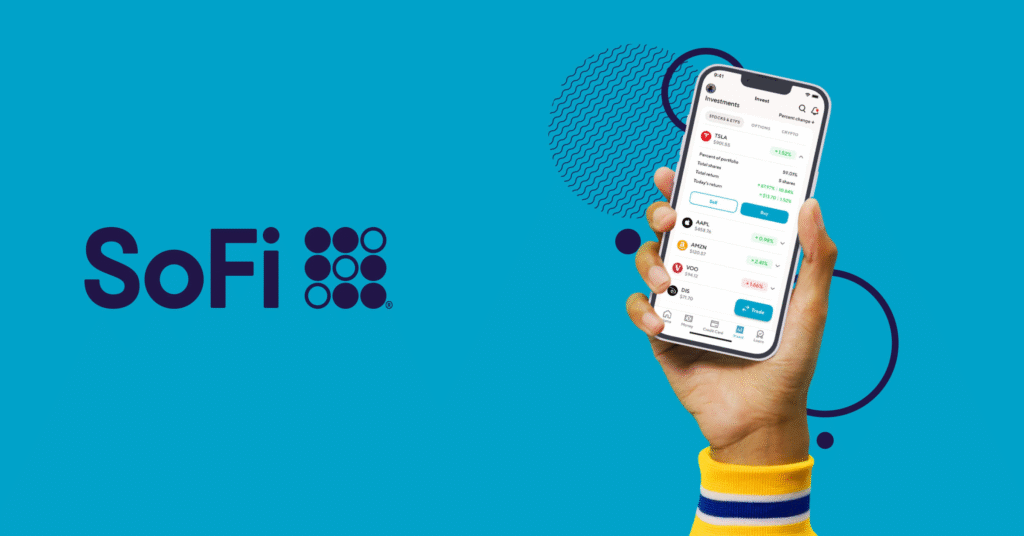
What they offer: Personal loans up to $100,000, no fees at all (seriously — no origination, late, or prepayment fees), and quick decisions online.
How it works:
- Go to SoFi’s website and hit “Check Your Rate.”
- Fill in how much you want to borrow and why.
- Enter basic info — name, income, job details.
- SoFi runs a soft credit check and shows your offers instantly.
- Like what you see? Submit the full application and upload pay stubs or bank info.
Funding speed: Many borrowers see money in their bank the next business day.
Best for: Borrowers with solid credit who don’t want to be nickel-and-dimed with fees.
Pro tip: If you’re already a SoFi member (checking, investing, etc.), you may snag a discount on your rate.
2. LightStream (a division of Truist Bank)
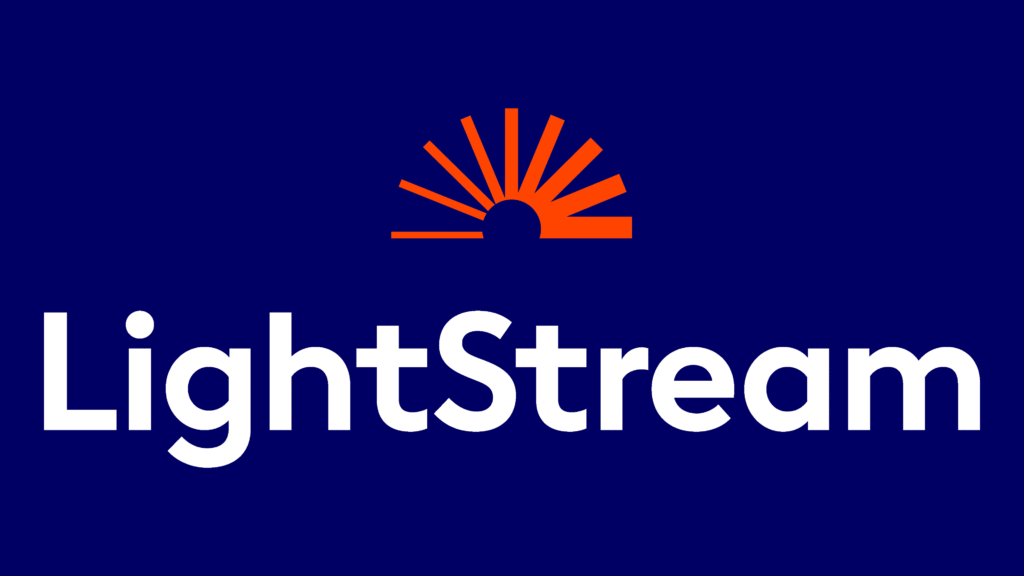
What they offer: Some of the lowest rates on the market — but only if your credit is excellent. Loan amounts run up to $100,000.
How it works:
- Visit LightStream’s site and click “Apply Now.”
- Fill in loan purpose, amount, and your personal info.
- They’ll run a credit check (no pre-qualification here — it’s straight to business).
- If approved, link your bank account for funding.
Funding speed: You can sometimes get money the same day if you finish your application early in the day.
Best for: People with excellent credit who want the very lowest rate possible.
Pro tip: They have a “Rate Beat” program — if you find a better rate elsewhere, LightStream will try to beat it by 0.10%.
3. Upgrade
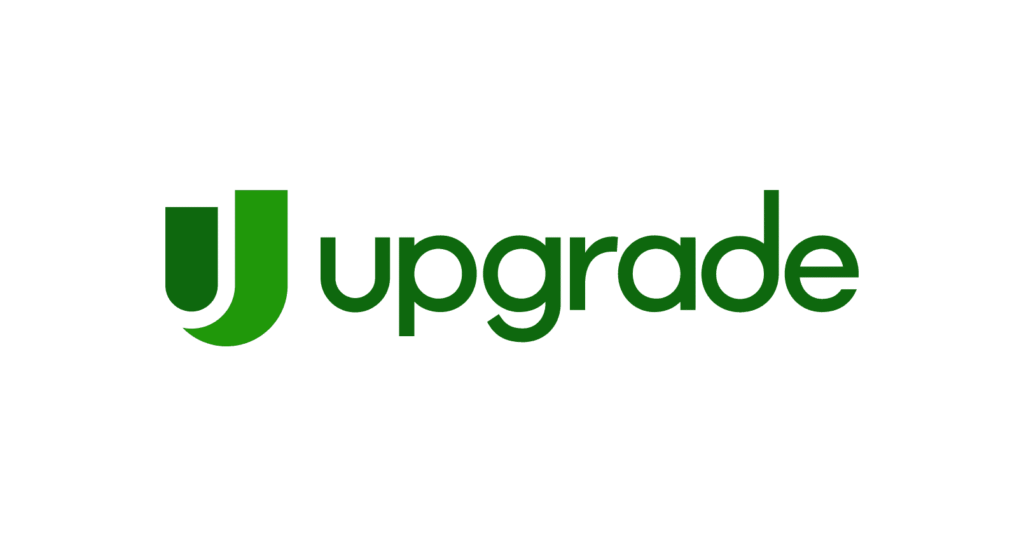
What they offer: Loans up to $50,000, fast online approvals, and free credit monitoring tools.
How it works:
- Head to Upgrade’s website and click “Check Your Rate.”
- Enter your loan amount and purpose.
- Fill in personal details for a soft credit check.
- Review the loan options they show you.
- Choose one, then submit documents like pay stubs to lock it in.
Funding speed: Funds often show up the next day.
Best for: Borrowers with average credit who want quick decisions and like tracking their credit progress.
Pro tip: Watch the origination fee (1.85%–9.99%). Factor it in before you sign.
4. Upstart
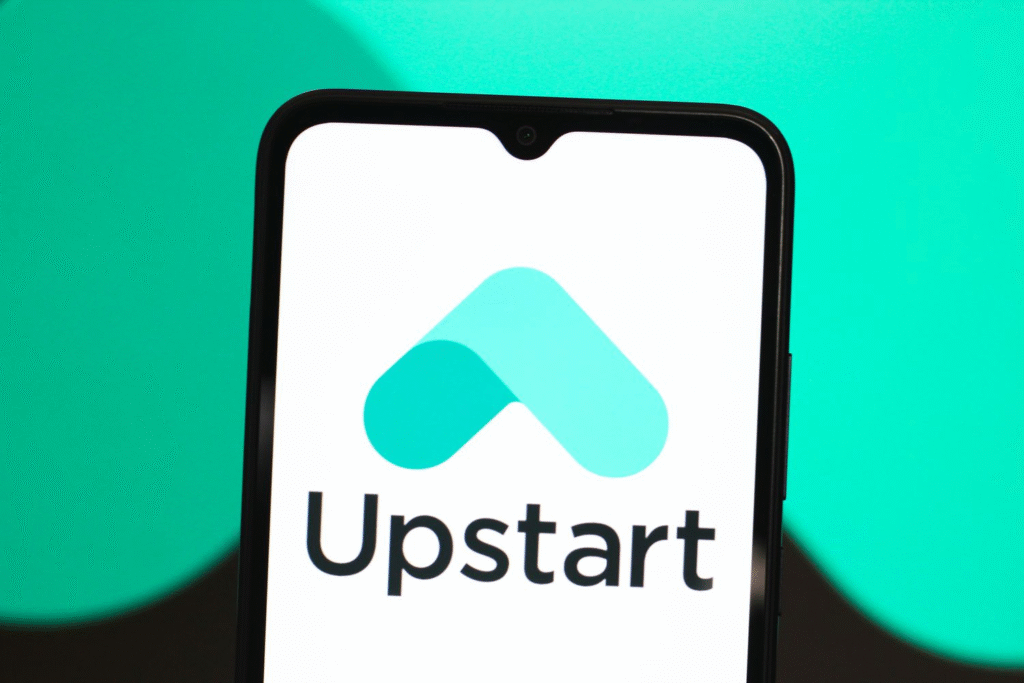
What they offer: Loans from $1,000 to $50,000. What makes them different is they don’t just look at your credit score — they also consider education and work history.
How it works:
- Go to Upstart’s site and click “Check Your Rate.”
- Enter your info (income, job, school background).
- Upstart’s AI runs the numbers in seconds.
- If you qualify, choose your loan and finish the application.
Funding speed: Most loans are funded the next business day.
Best for: People with limited credit history who still want a shot at approval.
Pro tip: Upstart can be a lifeline if you don’t have a long credit file, but check the rate closely — it may still be higher than others.
5. LendingClub

What they offer: Loans up to $40,000, with a big focus on debt consolidation. One of the oldest names in online lending.
How it works:
- Visit LendingClub’s website and click “Check Your Rate.”
- Enter loan details and your personal info.
- See offers with a soft credit check.
- Pick your loan, then submit extra documents (proof of income is common).
Funding speed: Usually within 2–4 business days.
Best for: Borrowers who want a trusted, established company.
Pro tip: They nearly always charge an origination fee (3%–6%). Run the math before choosing.
6. Best Egg

What they offer: Simple loans up to $50,000 with quick approvals.
How it works:
- Go to Best Egg’s site and click “Check My Rate.”
- Enter how much you want to borrow and your details.
- See your offers with a soft credit pull.
- Choose the one that fits and finish the application with proof of income.
Funding speed: One to three business days.
Best for: People who want a no-fuss, fast loan.
Pro tip: Origination fees (0.99%–8.99%) come out of the loan before you see the money. Borrow a little extra if you need a specific amount.
7. Avant
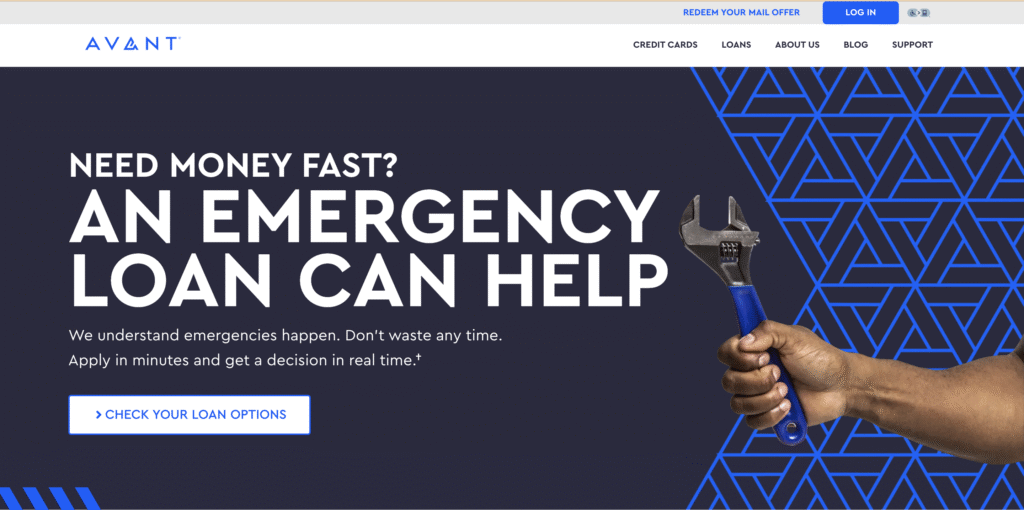
What they offer: Loans up to $35,000. More flexible with fair credit borrowers than many competitors.
How it works:
- Go to Avant’s site and hit “Check Your Loan Options.”
- Fill in the short form for pre-qualification.
- Review your loan choices.
- Submit full application with proof of income.
Funding speed: Often the next business day.
Best for: Borrowers with fair (not great) credit who need quick access to cash.
Pro tip: Rates can be higher, but Avant is often more forgiving with approvals.
8. Discover Personal Loans
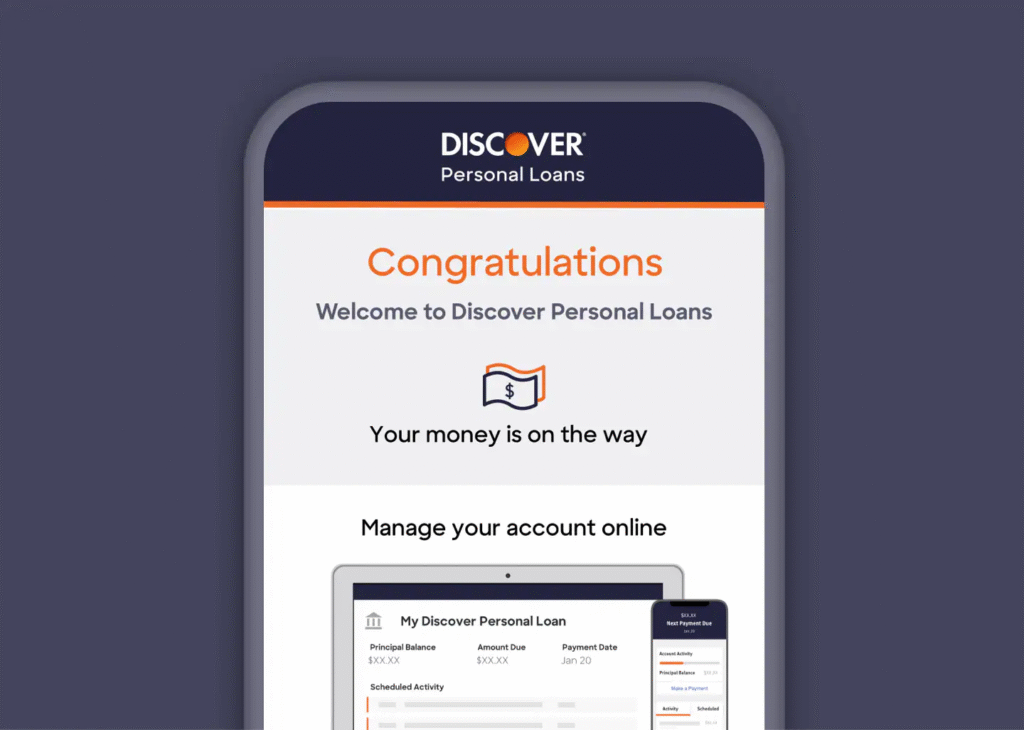
What they offer: Loans up to $40,000 from a household-name bank, with no origination fees.
How it works:
- Visit Discover’s loan page.
- Check your rate online with a soft credit pull.
- Choose your offer and complete the application.
- Submit documents like income proof if required.
Funding speed: Usually 1–2 business days.
Best for: People who want the security of a big bank name with no hidden fees.
Pro tip: Discover is straightforward — no origination fees, but make sure you can handle the repayment term they assign.
In short: if your credit is strong, SoFi and LightStream should be your first stops. If your credit is average, Upgrade, Best Egg, or Avant might say yes faster. And if you want a bank-backed option with no origination fees, Discover is worth a look.
How to Increase Your Chances of Being Accepted
Here’s the truth: “instant approval” isn’t really instant. Lenders still check if you’re a safe bet before dropping money into your bank account. The good news is, you can prepare ahead of time and make yourself look like the kind of borrower they want to approve. Let’s break it down step by step.
1. Know Your Credit Score Before You Click Apply
Your credit score is basically your financial GPA. The higher it is, the easier it is to get approved and the lower your rate will be. Walking in blind is like taking a test without studying.
How to do it:
- Pull your free credit report at AnnualCreditReport.com. This gives you the official info from Experian, Equifax, and TransUnion.
- Use free apps (Credit Karma, your bank’s mobile app) to get your score in seconds.
- Look for errors. Wrong addresses, accounts that aren’t yours, or late payments you know you made on time can drag your score down. Dispute those before you apply.
Why it matters: Lenders build your interest rate around this number. A 50-point difference can be worth thousands over the life of a loan.
2. Pay Down Some Debt First
Lenders don’t just care about your credit score — they also look at your debt-to-income ratio (DTI). This is how much of your monthly income is already spoken for by debt.
How to do it:
- Add up your monthly debt payments: credit cards, car loans, student loans.
- Divide that by your monthly take-home pay.
- If the number is over 40%, focus on paying down some balances before applying. Even $500 less debt can make your ratio look healthier.
Why it matters: If most of your paycheck is already tied up, lenders worry you won’t be able to handle another loan. Lowering your DTI makes you a safer bet.
3. Show Stable Income (Even If It’s Not Huge)
Banks don’t expect you to be rich — they just want to know money is coming in regularly. If you’ve had six jobs in six months, they might get nervous.
How to do it:
- Stick with your current job for at least a few months before applying, if possible.
- Gather documents like your last two payslips, W-2 forms, or recent tax returns. If you’re self-employed, be ready with bank statements or 1099s.
- Keep your bank account healthy — avoid overdrafts right before applying.
Why it matters: A steady income tells lenders, “Yes, I can make the monthly payment.” It’s about consistency, not size.
4. Pick Lenders That Match Your Profile
Here’s where many people go wrong: applying everywhere at once. Each hard credit check dings your score, and half the lenders may not even fit your credit profile.
How to do it:
- Excellent credit (720+): Start with SoFi or LightStream — they give the best rates to top scorers.
- Good to fair credit (600–700): Try Upgrade, Avant, or Best Egg. They’re more forgiving and still fast.
- Thin credit file (little history): Upstart is built for this — they look at job and education, not just credit.
Why it matters: Applying to the right lenders saves you rejections and increases your odds of getting approved the first time.
5. Use Pre-Qualification to Shop Around Safely
Most lenders let you “pre-qualify.” That’s where they run a soft credit check to show you potential rates without hurting your score.
How to do it:
- Visit 2–3 lender websites and use their “Check My Rate” button.
- Compare the offers: look at APR, monthly payment, loan length, and fees.
- Only apply for the best one. Don’t shotgun 10 applications — that just lowers your score.
Why it matters: Pre-qualification lets you test the waters before jumping in. Think of it like trying on clothes before you buy.
6. Triple-Check Your Application Details
You’d be surprised how often people get denied because of a typo. If your address doesn’t match what’s on your credit report, or your income numbers don’t line up with your pay stub, the system may flag it.
How to do it:
- Make sure your name, address, and job title match your credit report and pay stubs.
- Have digital copies of your documents ready to upload.
- Before hitting “submit,” read through the form slowly. Yes, slowly — this isn’t the time to rush.
Why it matters: Clean, correct info makes you look trustworthy and speeds up approval. Sloppy details make you look risky.
7. Ask for What You Actually Need
Lenders are more willing to approve smaller, realistic loan amounts. Asking for $40,000 when you really only need $8,000 is like ordering a wedding cake for one person.
How to do it:
- Add up exactly what you need to cover (credit card balances, emergency expense).
- Factor in origination fees if the lender charges them (sometimes 3–8% of the loan).
- Apply for a number that makes sense.
Why it matters: Smaller loans are easier to approve and often come with lower interest rates.
Bottom line: Lenders don’t just look at one thing — they look at the whole picture. If you polish up your credit, lower your debts, show steady income, and apply smartly, you’ll dramatically improve your odds of getting approved — and at a better rate.
Pros and Cons of Instant Approval Loans
Instant approval loans sound great — click, apply, and get a fast “yes.” But like most things in money-land, there are trade-offs. Let’s unpack both sides so you know what you’re really signing up for.
The Pros
1. Speed You Can Actually Feel
With a traditional bank, you might wait a week just to hear back. Online lenders give you an answer in minutes and, in many cases, money in your account by the next day.
- Why it matters: When the car breaks down or rent is due, fast beats fancy paperwork.
2. Simple, Online Process
No branch visits, no sitting under fluorescent lights while someone clicks through screens. You can apply in your pajamas at 11 p.m.
- Why it matters: Convenience makes it easier to shop and compare without wasting hours.
3. More Options for Different Credit Scores
Some online lenders (like Upstart or Avant) cater to people with average or limited credit. That’s harder to find at big banks.
- Why it matters: You’re not locked out just because your credit score isn’t perfect.
4. Clear Loan Terms
Unlike credit cards that keep rolling forever, a personal loan has fixed payments and an end date. You know exactly when you’ll be done.
- Why it matters: Having a finish line can make debt less overwhelming.
The Cons
1. Interest Rates Can Still Be High
If your credit isn’t great, that “instant approval” may come with a 25% APR. That’s only a little better than credit card rates.
- Real talk: Speed is nice, but not if it costs you double over time.
2. Origination Fees Sneak In
Many lenders take 1–8% right off the top of your loan. Borrow $10,000 and you might only see $9,200 in your account.
- Why it matters: Always check the “fees” column before you celebrate an approval.
3. Temptation to Over-Borrow
Because the process is so quick, it’s easy to ask for more than you need. Borrowing $20,000 to cover a $5,000 expense is a fast track to regret.
- Pro tip: Only apply for what you can reasonably pay back.
4. Not Always Truly Instant
“Instant approval” means an instant decision, not instant money. Banks still need to verify your info. Funding usually takes 1–3 business days.
- Why it matters: If you need cash in the next hour, this isn’t magic.
Expert Takeaway
Instant approval loans are tools — not miracles. They shine when you need speed, clarity, and a straightforward payoff plan. But they’re dangerous if you treat them like “easy money.” The key is to focus less on how fast the lender says “yes,” and more on whether the loan’s cost and terms make sense for your budget.
Real-Life Example (Case Study)
Let’s meet James. He’s 34, works in IT, and his car’s transmission suddenly died. The repair bill? $3,200. He didn’t have that lying around in savings, and the mechanic wanted payment up front. Waiting a week for his bank to process a personal loan wasn’t an option — he needed the car to get to work.
So James looked at online instant approval loans.
Here’s how it played out:
- Pre-qualification. James checked rates with three lenders: SoFi, Upgrade, and Avant. He used their “Check My Rate” tools, which only did soft credit pulls.
- SoFi offered 10% APR but required a higher credit score than James had.
- Upgrade offered 15% APR with a 3-year term.
- Avant offered 19% APR with a 2-year term.
- Picking the loan. James chose Upgrade. The APR wasn’t the lowest, but the monthly payment ($139) fit his budget. He also liked that funding could arrive the next day.
- Full application. He uploaded two pay stubs, a photo of his driver’s license, and connected his bank account. Upgrade ran a hard credit check and approved him in about 20 minutes.
- Funding. By the next afternoon, $3,200 landed in his checking account. James paid the mechanic, got his car back, and avoided missing work.
The outcome:
- Total cost of the loan over 3 years: about $5,000 (with interest and fees).
- Would it have been cheaper if James had savings? Absolutely.
- But compared to putting the repair on his 24% APR credit card, he saved roughly $1,200 in interest over the life of the loan.
The lesson:
Instant approval loans aren’t free money — they’re a trade-off. James paid more than cash would have cost, but he avoided losing his car and his paycheck. The key was choosing a lender with terms he could realistically handle, instead of jumping on the fastest “yes.”
Alternatives to Instant Approval Loans
Instant approval loans can be useful when you need cash fast. But speed isn’t everything. Sometimes you’re better off with a slower, steadier, and cheaper option. Here are a few solid alternatives and how to actually use them.
1. Try a Credit Union Personal Loan
Credit unions are small, member-owned banks. Because they aren’t chasing Wall Street profits, they usually charge lower interest rates than online lenders. They’re also more willing to work with “average” credit borrowers.
How to do it:
- Search for local credit unions near you (Google “[your city] credit union”).
- Many only ask for small requirements, like living in the area or working for a certain employer. Joining often costs $5–$25.
- Once you’re a member, check their personal loan rates. Call or visit their website — most now offer online applications.
Why it works: Credit unions often cap rates lower than online lenders. That can mean the difference between paying 9% interest and 18%.
2. Use a 0% APR Balance Transfer Card
If your main problem is credit card debt, a balance transfer card can be a lifesaver. It lets you move debt from one or more high-interest cards to a new card with 0% interest for 12–18 months.
How to do it:
- Apply for a 0% APR card (Chase Slate Edge, Citi Simplicity, or Discover it Balance Transfer are common options).
- Once approved, log in and transfer balances from your old cards to the new one.
- Set a monthly payment schedule that clears the debt before the promo ends.
Why it works: Paying zero interest gives every dollar you pay extra punch. Just don’t get tricked — once the promo ends, the APR usually jumps to 20%+.
3. Look Into Credit Counseling Programs
Nonprofit credit counseling agencies can talk to your creditors and set up a Debt Management Plan (DMP). This consolidates your payments and often lowers your interest.
How to do it:
- Visit the National Foundation for Credit Counseling (NFCC.org) to find a certified nonprofit near you.
- Book a free consultation — many agencies do these over the phone or online.
- If you agree to a DMP, you’ll send one monthly payment to the agency, and they’ll distribute it to your creditors.
Why it works: Lenders often agree to reduce interest rates when they see a legitimate counseling agency is involved. This can save thousands if you’re buried in credit card debt.
4. Tap Into Home Equity (If You’re a Homeowner)
If you own a house, a home equity loan or HELOC (home equity line of credit) might give you access to cash at much lower rates than personal loans.
How to do it:
- Call your mortgage lender or local bank and ask about home equity loan rates.
- Compare fixed loans (a lump sum) vs. a HELOC (works like a credit card with a draw limit).
- Be ready to show proof of home value (an appraisal) and income documents.
Why it works: Home equity loans are secured by your house, so lenders charge lower rates.
Warning: If you don’t pay, you risk foreclosure. This should be a careful, last-resort option.
5. Borrow From Yourself First
Sometimes the cheapest loan is the one you don’t take. If you’ve got savings or an emergency fund, use it. Even a 401(k) loan can be cheaper than paying 20%+ interest to a lender.
How to do it:
- Check your savings account balance. If you’ve got enough to cover the emergency, use it and make a plan to rebuild.
- If considering a 401(k) loan, ask HR or your plan provider how much you can borrow, what the repayment schedule looks like, and whether it affects your employer match.
- Only take what you need — don’t drain your entire safety net.
Why it works: You avoid interest altogether, or you “pay yourself back” in the case of a 401(k) loan.
Expert Takeaway
Alternatives may take a little longer than a “click-and-approved” online loan, but they can save you hundreds or thousands of dollars. If speed is your top priority, instant approval loans make sense. But if cost is your top priority, slow down and consider these options first. It’s like choosing between fast food and home cooking — fast food is convenient, but home cooking is usually healthier (and cheaper).
Final Take
Instant approval loans are popular for one reason: they’re fast. When you’re staring at a medical bill, a broken water heater, or rent that’s due tomorrow, waiting a week for a traditional bank isn’t realistic. Getting a quick decision online and money in your account the next day can be a lifesaver.
But here’s the thing: speed has a price. These loans often come with higher interest rates if your credit isn’t great, plus fees that eat into the amount you actually receive. And because the process feels so easy, it’s tempting to borrow more than you truly need. That’s how people get stuck deeper in debt.
Here’s what experience (and the numbers) tell us:
- Use instant loans only when it’s urgent. Car repairs, medical bills, or emergencies make sense. Vacations and gadgets don’t.
- Always compare at least three lenders. Rates, terms, and fees vary wildly — the first offer is rarely the best.
- Keep alternatives in your back pocket. Credit unions, 0% balance transfer cards, or a credit counseling program may save you more if time isn’t as critical.
Think of instant approval loans like fast food. They’re useful when you’re in a pinch, but if you lean on them too often, the long-term cost adds up. Use them sparingly, borrow only what you need, and have a clear payoff plan before you click “apply.” That’s how you make the loan work for you — not the other way around.

